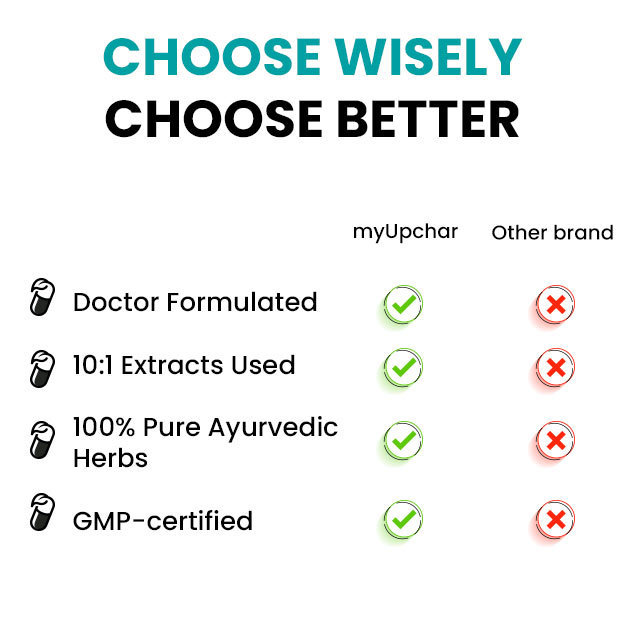The two numbers that appear in the reading while checking blood pressure are called systolic and diastolic. While beating, the heart pumps blood and sends it to the arteries during this time the blood pressure is highest and the number indicating this pressure is called systolic (top number). On the other hand, when the heart relaxes, the blood pressure is low at that time and the number indicating this low pressure is called diastolic (bottom number).
You click on the blue link given here and know an Ayurvedic treatment for high blood pressure in detail.
Today in this article you will learn in detail about the difference between systolic and diastolic blood pressure -
(Read More - High Blood Pressure Medicine)































